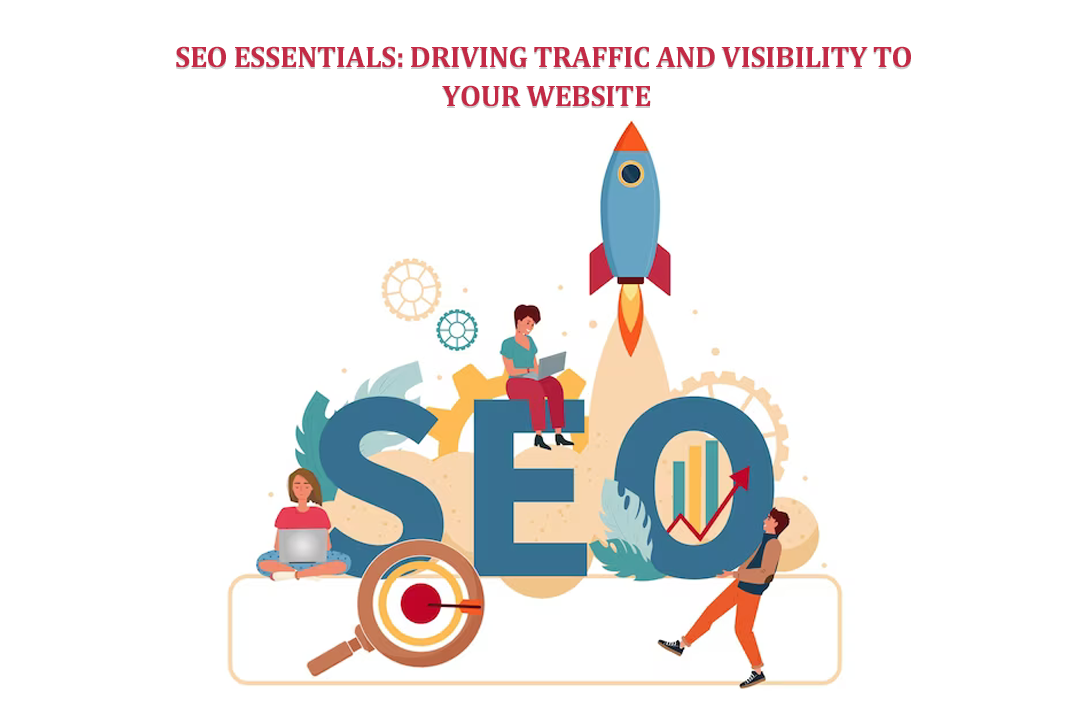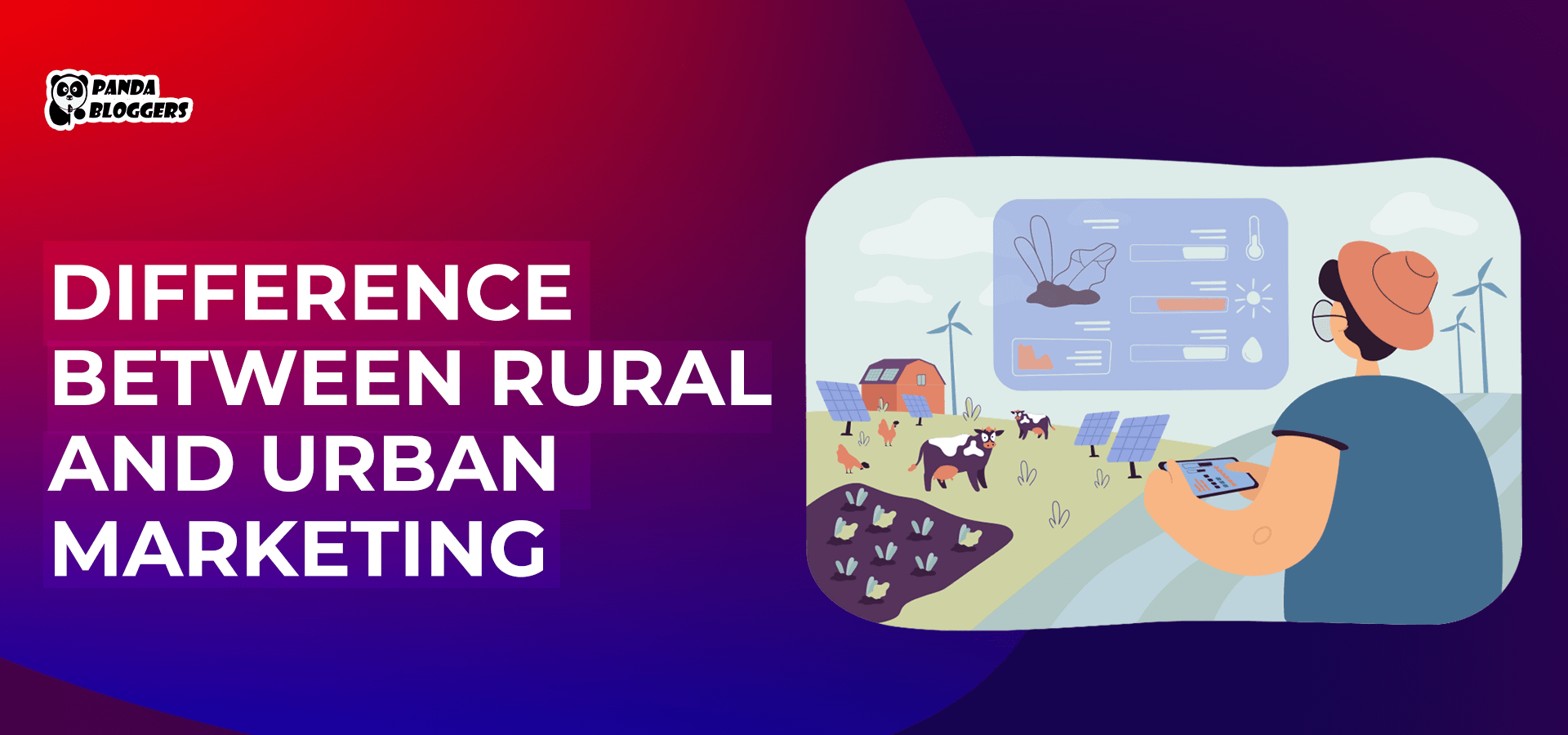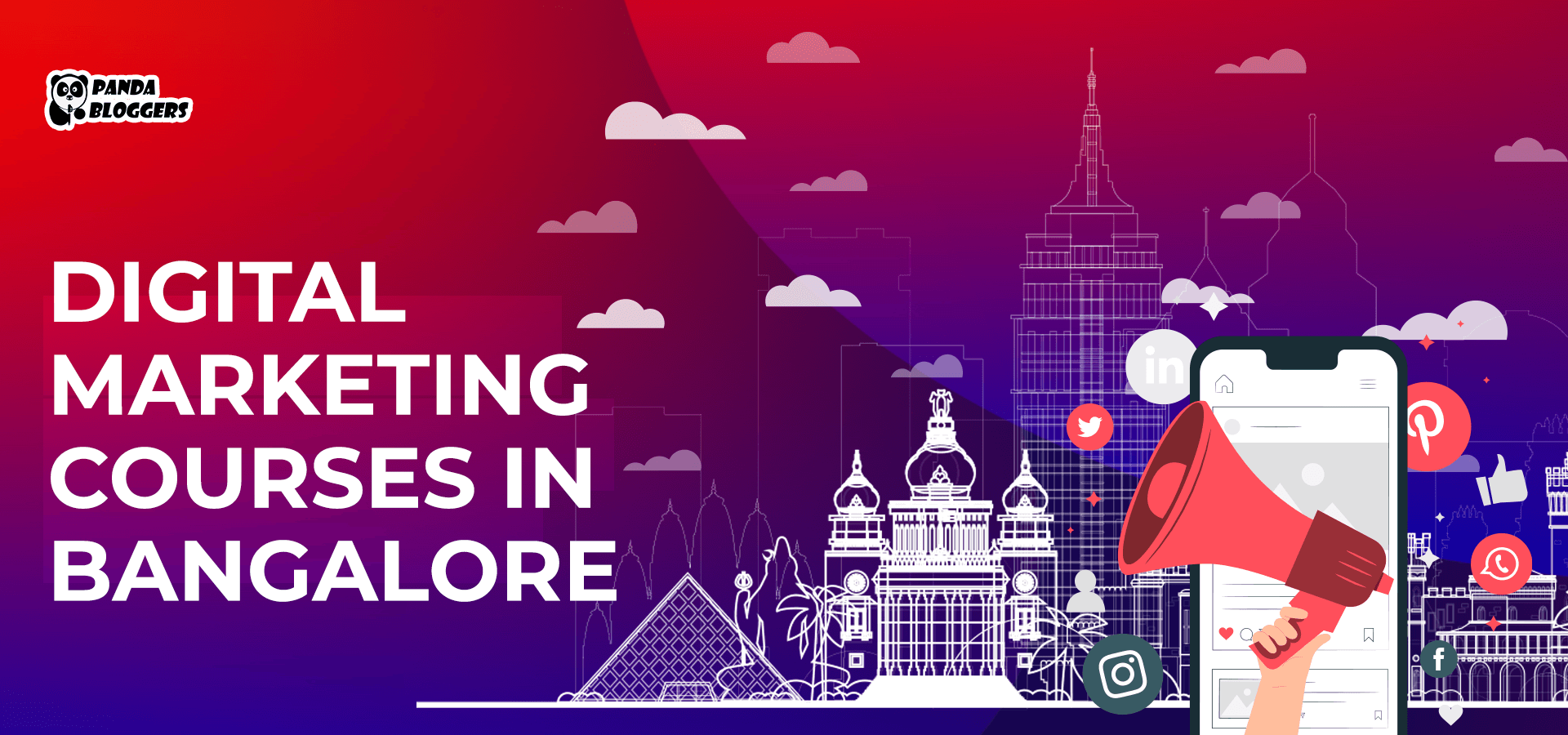 SEO Essentials: Driving Traffic and Visibility to Your Website
SEO Essentials: Driving Traffic and Visibility to Your Website
Imagine you have a shop, but it’s in a hidden valley where no one can find it.
That happens to your website if you need to learn about SEO (Search Engine Optimization).
SEO is like creating bright signs and maps so people can discover your shop quickly.
In this guide, we’ll show you the SEO essentials in simple words. It’s about making your website appear on the first page when someone searches for things you offer.
SEO Essentials
We’ll break it down into steps, like giving you keys to unlock your shop’s door and attract more visitors.
Let’s begin this journey to boost your online visibility!
Keyword Research
Keyword research means finding the words people type into search engines. You pick words related to your website’s topic. These words help your site show up when someone searches.
Imagine you have a pet store; you’d find words like “pet food” or “cat toys.” You use tools to discover popular keywords. Then, you put these words in your content so search engines know your site is about them.
When folks search for those words, your site may pop up. Good keyword research is essential for getting more visitors to your website.
Long-Tail Keywords
Long-tail keywords are specific, detailed phrases instead of short and general words. They are like niche topics or unique questions that people search for.
For example, “best hiking boots for women” is a long-tail keyword, while “hiking boots” is more general. Long-tail keywords are essential for attracting the right audience. It’s like a specialty store offering WooCommerce variable pricing, precisely what specific customers need.
When you use long-tail keywords on your website, you’re targeting a particular group, helping you connect with those looking for something special, like finding a needle in a haystack.
On-Page SEO
On-page SEO is about improving your website directly. It means making your site better for both people and search engines.
You do this by using specific keywords in your content, like in the titles and words on your pages. It’s also about ensuring your site loads fast, works well on phones, and is easy to use.
On-page SEO is like preparing a tasty dish – you use the right ingredients (keywords), cook it properly (optimize your site), and serve it in an excellent way (good user experience).
When done right, On-Page SEO helps your site appear in search results and keeps visitors happy.
Quality Content
Quality content is like a good book – helpful, engaging, and well-written. It provides valuable information or entertainment to the reader. Imagine sharing a story with a friend; you want it to be engaging and make sense.
Quality content is the same for your website. It should answer questions, solve problems, or entertain your visitors. It’s easy to understand and free from errors.
Just as a tasty meal keeps people returning to a restaurant, quality content keeps people returning to your site. Search engines also love it, which can improve your website’s visibility and ranking.
Mobile Optimization
Mobile optimization ensures your website works well and looks good on smartphones and tablets. Think of it as tailoring your clothes to fit perfectly.
When your site is mobile-optimized, it resizes and adjusts everything to fit small screens. Buttons are quite visible, text is properly optimized, and images load quickly. It’s like a smooth and enjoyable ride on a well-maintained bike.
If your site isn’t mobile-friendly, it’s like wearing an outfit that’s too tight – uncomfortable and frustrating. Mobile optimization helps you reach more visitors and keeps them happy.
User Experience (UX)
User Experience (UX) is how people feel when they use your website. It’s about making their visit easy, enjoyable, and satisfying. Think of it as a visit to a friend’s house – you want it to be welcoming and comfortable.
A good UX means your website is simple to navigate, with clear menus and buttons. It’s like a well-organized book where finding information is a breeze. It also includes fast loading times, so visitors don’t get frustrated waiting.
Just as a friendly host makes you feel at home, a great UX keeps visitors happy, encourages them to stay longer, and comes back for more.
Secure (HTTPS)
Secure (HTTPS) means your website is like a safe and locked door, protecting information. When a website is fast, data sent between the site and visitors is encrypted, making it hard for others to snoop.
Imagine it’s like sending a secret letter in a sealed envelope. This is vital, mainly if you collect personal information or passwords on your site. Secure websites have a padlock symbol, showing visitors it’s safe.
Search engines prefer secure sites to rank higher in search results. Think of HTTPS as the extra lock on your front door, keeping your website and visitors safe from digital intruders.
High-Quality Backlinks
High-quality backlinks are like recommendations from trustworthy friends. These links act as votes of confidence, showing search engines that your site is valuable and credible. It’s like getting a thumbs-up from experts.
Good backlinks come from reputable, relevant websites, much like getting approval from reliable sources. They can improve your website’s reputation and help it rank higher in search results.
However, be cautious, as low-quality or spammy backlinks can harm your site’s reputation. So, it’s essential to earn high-quality backlinks for a robust online presence.
Social Signals
Social signals are like digital applause for your website. They occur when people share, comment on, or engage with your content on social media platforms like Facebook, Twitter, or Instagram.
Search engines like Google pay attention to these signals. The more social engagement your content gets, the more people find your website valuable.
It’s as if a crowd is nodding in agreement. Social signals boost your website’s visibility in search results, as they suggest relevance and popularity to search engines.
Local SEO
Local SEO is about helping your business get noticed in your neighborhood. It’s like putting your shop on the map in your town.
You do this by ensuring your website and business information are accurate and consistent online, like having the correct address, phone number, and opening hours.
Local SEO also involves getting customer reviews, which are like recommendations from neighbors. When people search for something nearby, like “best coffee shop near me,” local SEO helps your business appear in those results.
It’s about becoming the go-to choice for folks in your area and ensuring they can easily find and contact you.
Technical SEO
Technical SEO is like the engine of a car – it’s the stuff under the hood that makes everything run smoothly. It’s about optimizing your website’s structure and coding so search engines can understand and index your content easily.
This includes creating a sitemap, like a map for search engines to find all your pages, and using robots.txt to tell them what not to look at. It also means setting up canonical tags to prevent duplicate content issues.
Just like you maintain a car for a smooth ride, technical SEO ensures your website is well-tuned for search engines, which can improve your website’s visibility in search results.
Avoid Common SEO Mistakes
Avoiding common SEO mistakes means not using tricks or shortcuts that search engines dislike. Please only stuff your website with a few keywords, which can be confusing.
Don’t hide text or use hidden links, just like you wouldn’t hide directions while driving. Avoid copying content from other sites, as it’s like using someone else’s map. Also, don’t buy links from spammy websites.
These mistakes can lead to search engines penalizing your site, causing it to rank lower or even get removed from search results. Safe and ethical SEO practices are the way to go.
Conclusion
SEO is the path to your online success. It’s like lighting up your shop’s sign, making it easy for customers to find you.
By following these essential steps, you’re on the road to more visitors and a brighter online presence. Please keep it simple and keep it visible!









Leave a Reply